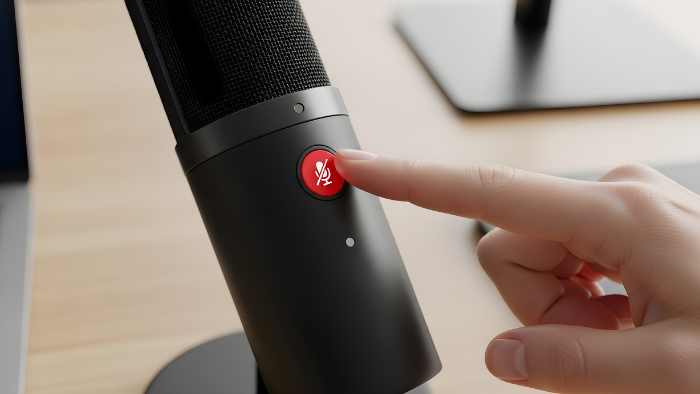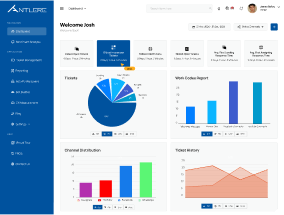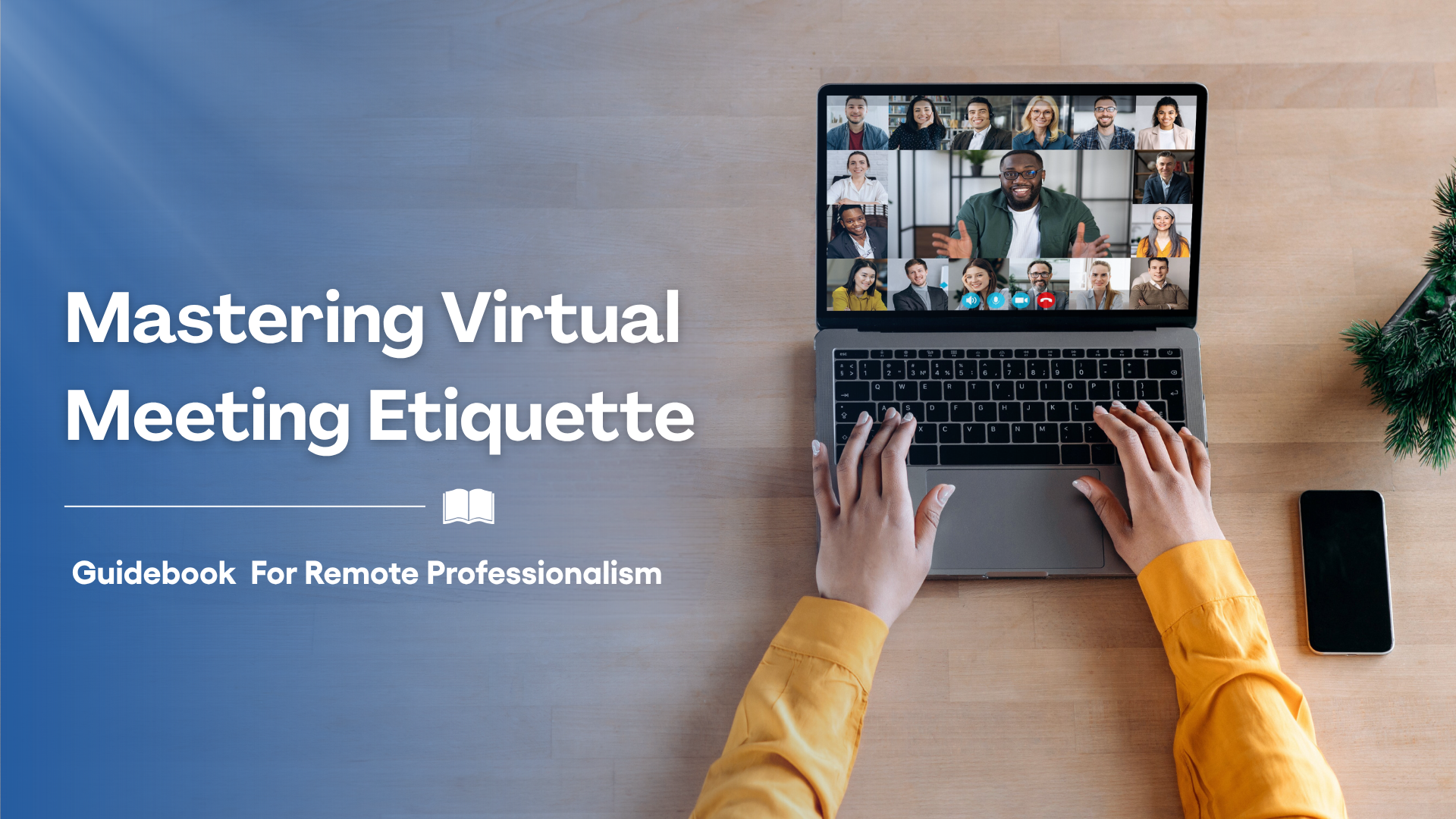The shift to remote and hybrid work has made the virtual meeting etiquette an essential skill set, not just a set of suggestions. A virtual meeting is your digital boardroom, and how you present yourself directly reflects your organization and your personal brand.
This sphere is not just to understand how to mute or unmute; it is technical preparation and norms of communication, control over the environment to make the digital collaboration easy and respectful. These given guidelines can help you to make online meetings more than a technical nightmare and more of a high impact engagement.
What is the etiquette for virtual meetings, and why is it crucial for remote professionalism?

Virtual meeting etiquette refers to the unwritten rules and conventional behaviors that govern professional conduct during online gatherings. Its core purpose is to minimize disruption, maximize clarity, and promote an environment of respect among attendees.
Remote professionalism is important since, as opposed to face-to-face communication, the online interaction deprives much of the ambiguous non-verbal communication, requiring a conscious following of the regulations to express the sense of focus and competence.
Good etiquette should be that technology should underpin the conversation and not distract the conversation, which will facilitate a sense of order within the organization and respect all the time of people. The quickest method of indicating trustworthiness and reverence in a distance gathering is in the form of a high level of virtual meeting etiquette.
How should I prepare my technical setup to ensure active participation?

Ensuring a flawless technical setup is the foundation of active participation. Before joining, test your audio and video equipment: ensure your microphone is working clearly and your camera is positioned at eye level for better engagement. Check your internet connection stability to prevent disruptive freezing or dropping out, perhaps by closing unnecessary bandwidth-hogging applications.
Crucially, download and test any necessary presentation materials or screen-sharing capabilities in advance.
By removing all the technical troubleshooting delays, you are able to make room to take full and quality active participation, thereby being able to put your best foot forward once the meeting has started, and by making your message to be clear.
What are the core do’s and don’ts for maintaining focus and professionalism during a virtual meeting?
The most important do’s and don’ts are the ones that are concerned with presence and respect in order to be focused and professional. Do come a little before time to greet and get settled as in a face-to-face meeting. Do look in your lens when addressing people, pretend that you are gazing straight into their eyes to connect with the people better.
Do not work on other tasks and check emails or type loudly, this will prove that you have lost interest and will distract your involvement.
Do not interrupt, use the platform raise hand option or wait until it pauses to speak, taking into consideration the possibility of connection delay.
Adhering to these guidelines shows respect to the speaker and helps to maintain a targeted atmosphere among everyone present, which sounds confident and highly professional.
What are the essential rules for minimizing background noise and visual distractions?

Minimizing environmental disturbances is one of the most essential rules of virtual meeting etiquette. Always start the meeting mute and use the mute button whenever you are not actively speaking; this is the primary defense against unexpected background noise from pets, children, or household activity.
If using a headset, ensure its microphone includes noise cancellation to further suppress background noise. Regarding video, set up your camera against a clean, uncluttered wall or use a professional virtual background to eliminate visual distractions such as unmade beds or messy rooms.
Furthermore, ensure you have adequate, front-facing lighting so your face is clearly visible, thereby supporting non-verbal communication and active participation. This diligence in controlling your environment is a mark of high virtual meeting etiquette.
How can hosts and attendees ensure the meeting is efficient and stays on track?
Efficiency is the most important, but at the same time the most neglected characteristic of good virtual meeting etiquette. To hosts, it will mean disseminating a clear agenda, in terms of time and setting objectives before the meeting begins to enable participants to be prepared to take part in the meeting.
To everybody in attendance, this will entail rigid expectation of sticking to the points of discussion to stay on track.
Hardly anything wastes time more than starting late or leaving late, therefore do be courteous to the clock. In case the event lasts long, the host must develop brief, planned pauses to avoid digital exhaustion.
Lastly, find a notetaker to note action items and share them as soon as the meeting is over to have clarity in follow-up and strengthen professionalism of the meeting.
Conclusion
With such aspects of virtual meeting etiquette perfected, you are no longer attending a call but actually interacting with your colleagues and clients.
It is very easy to focus on being a professional and to make sure that the technical setting and the surroundings are streamlined to get great returns in productivity and perceived skills. These guidelines will help you to make every virtual meeting an effective and successful collaboration.









